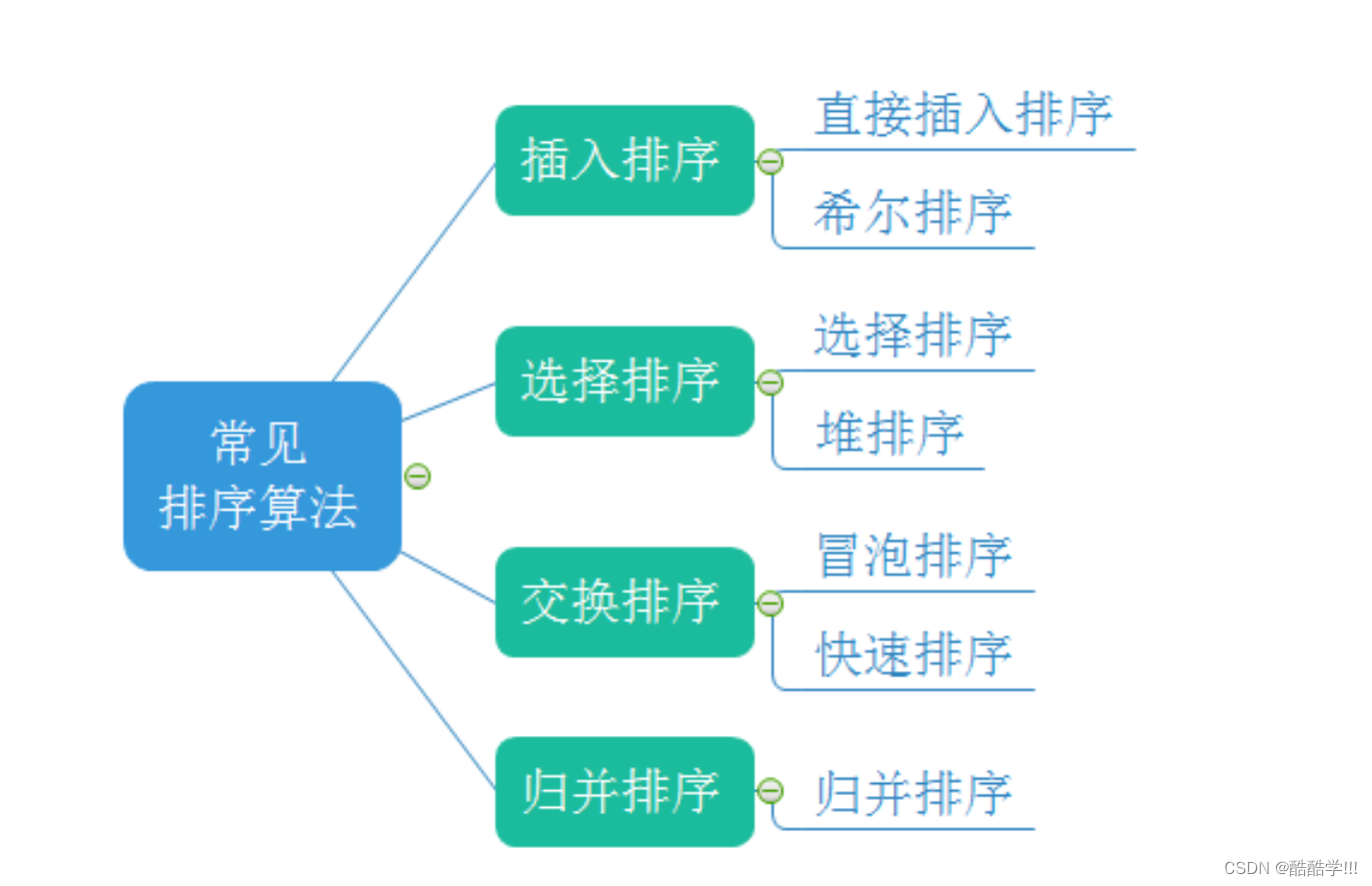在JavaScript中,栈(Stack)是一种遵循后进先出(Last In First Out, LIFO)原则的数据结构。这意味着最后进入栈的元素将会是第一个被移除的元素。栈通常被用于限制线性数据的访问顺序,使得数据的插入和删除操作只能在栈的一端进行。
栈的基本操作包括:
- push:将一个元素放入栈顶。
- pop:移除栈顶的元素,并返回被移除的元素。
- peek 或 top:返回栈顶的元素,但不移除它。
- isEmpty:检查栈是否为空。
- size:返回栈中元素的数量。
数组实现栈:
- 数组实现的栈在大多数情况下提供了更好的缓存性能,因为数组元素在内存中是连续存储的,这有助于利用现代处理器的缓存机制。
- 数组的push和pop操作通常是高效的,时间复杂度为O(1)。
- 但是,如果数组需要频繁地扩容(当数组满时),这将涉及到创建新数组并复制旧数组元素的操作,这个操作的时间复杂度为O(n)。不过,这种操作并不经常发生,因为数组扩容通常是成倍增长的,所以在多次push操作后才会触发。
class Stack {
constructor() {
this.items = []
}
push(value) {
this.items.push(value)
}
pop() {
return this.items.pop()
}
isEmpty(){
return this.items.length === 0
}
peek() {
if(this.isEmpty()){
return undefined
}
return this.items[this.items.length - 1]
}
size() {
return this.items.length
}
}
链表实现栈
- 链表实现的栈在动态内存分配方面更加灵活,因为链表节点可以分散在内存中,不需要连续的内存空间。
- 链表的插入和删除操作(对应栈的push和pop)也是时间复杂度为O(1),但是因为这些操作需要处理指针,可能会有一些额外的开销。
- 链表实现的栈不会遇到数组扩容的问题,因为链表可以根据需要动态地分配节点。
class Node {
constructor(val) {
this._value = val;
this._next = null;
}
}
class Stack {
constructor() {
this._top = null;
this._size = 0;
}
isEmpty() {
return this._size === 0;
}
push(value) {
const node = new Node(value)
if (this.isEmpty()) {
this._top = node
}
node.next = this._top
this._top = node
this._size++
}
pop() {
if (this.isEmpty()) {
return undefined;
}
this._size--
const removedNode = this._top
this._top = this._top.next
return removedNode._value
}
peek() {
if (this.isEmpty()) {
return undefined
}
return this._top.value;
}
getSize() {
return this._size;
}
}



